News
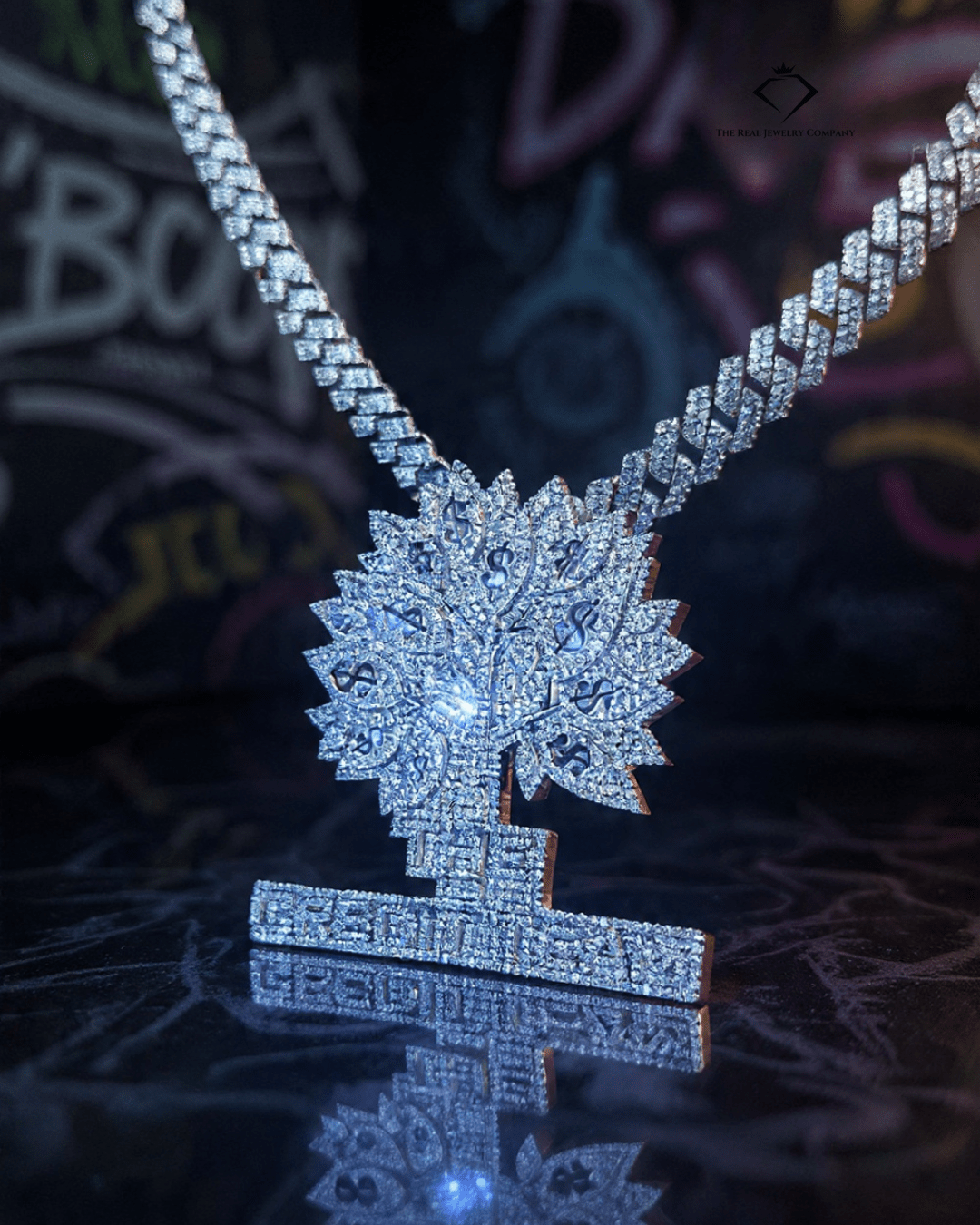
Why This Black Friday Is About Real Ice — Not Fake Flexes | The Real Jewelry Company
🕶️ The Season of Shine Is Here Every November, your feed fills up with “too good to be true” jewelry deals — chains that sparkle online but turn dull before the year’s out.Fake “diamond” sellers fl...
Read moreThe Real Jewelry Co. The Season of Shine Is Here This Black Friday, The Real Jewelry Company is cutting through the noise of fake, plated jewelry. We're offering real stones, real weight,...
Read more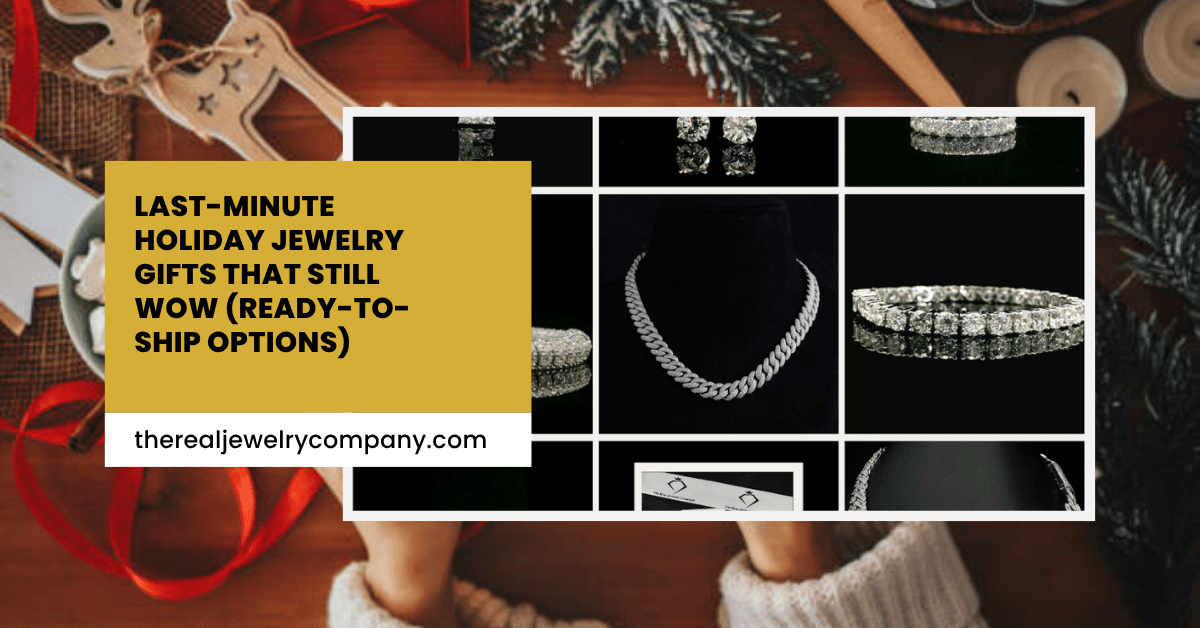
Last-Minute Holiday Jewelry Gifts That Still Wow (Ready-to-Ship Options)
Running out of time to find the perfect Christmas gift? Discover The Real Jewelry Company’s ready-to-ship moissanite collection — luxury holiday jewelry that delivers sparkle, style, and speed. Fro...
Read more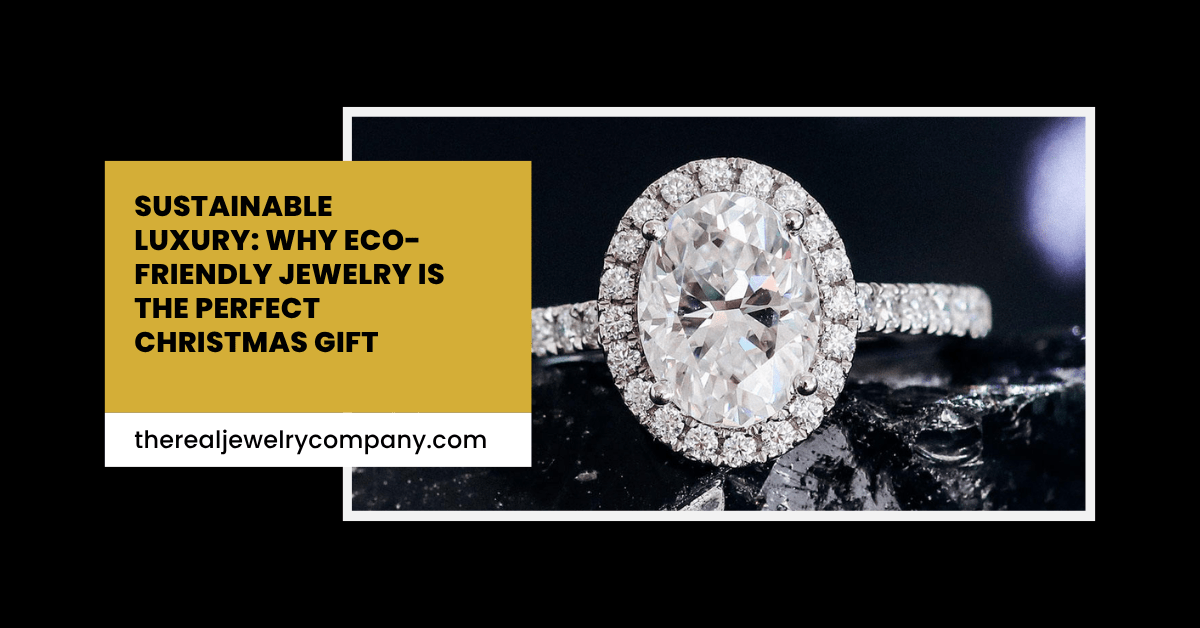
Sustainable Luxury: Why Eco-Friendly Jewelry is the Perfect Christmas Gift
Give a gift that sparkles with purpose this Christmas. ✨ Discover why eco-friendly jewelry is redefining sustainable holiday gifts in 2025 — combining timeless beauty, ethical craftsmanship, and mo...
Read moreLab Diamonds: The Smartest Gift You Can Give This Christmas
This Christmas, give the gift that shines brighter — lab-grown diamonds. Affordable, ethical, and unforgettable, lab diamonds are the smartest choice for chains, rings, pendants, and more. Order by...
Read more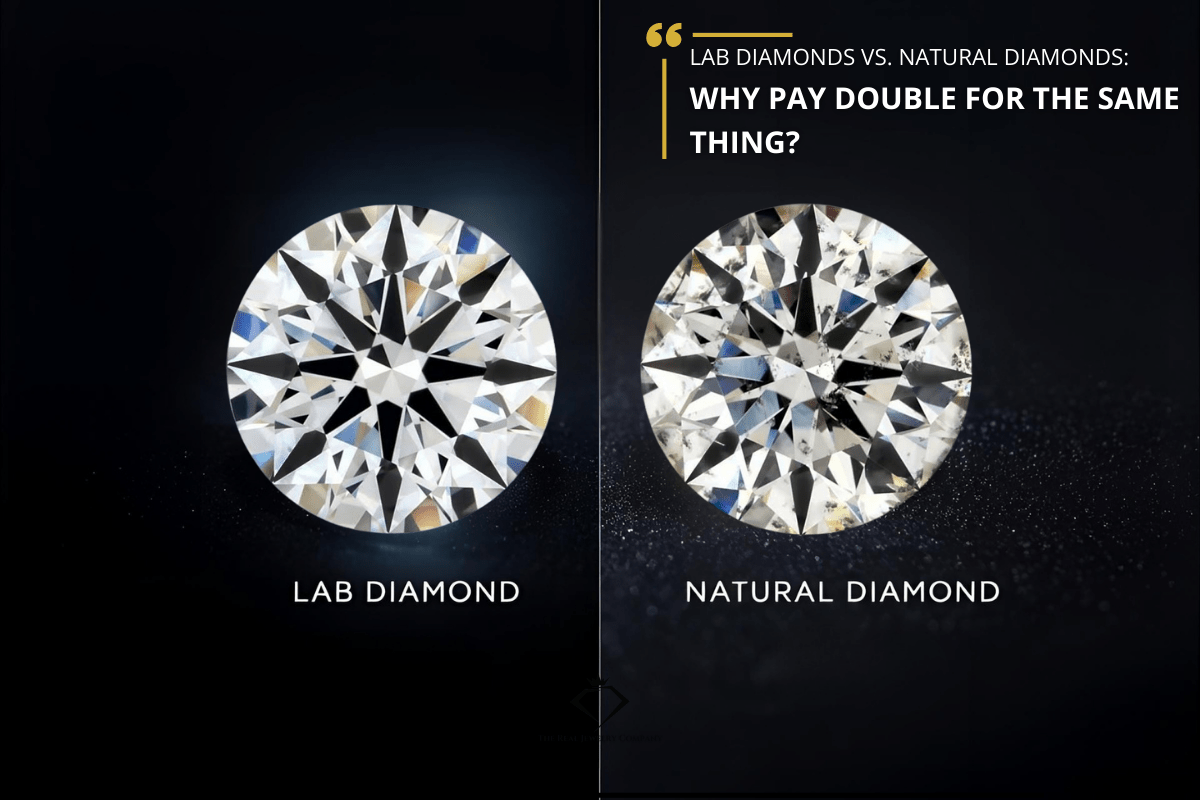
Lab Diamonds vs. Natural Diamonds: Why Pay Double for the Same Thing?
Lab diamonds are real diamonds — identical in beauty, durability, and brilliance to natural ones, but at up to 50% less cost. Discover why more people in 2024 are choosing lab-grown over mined diam...
Read more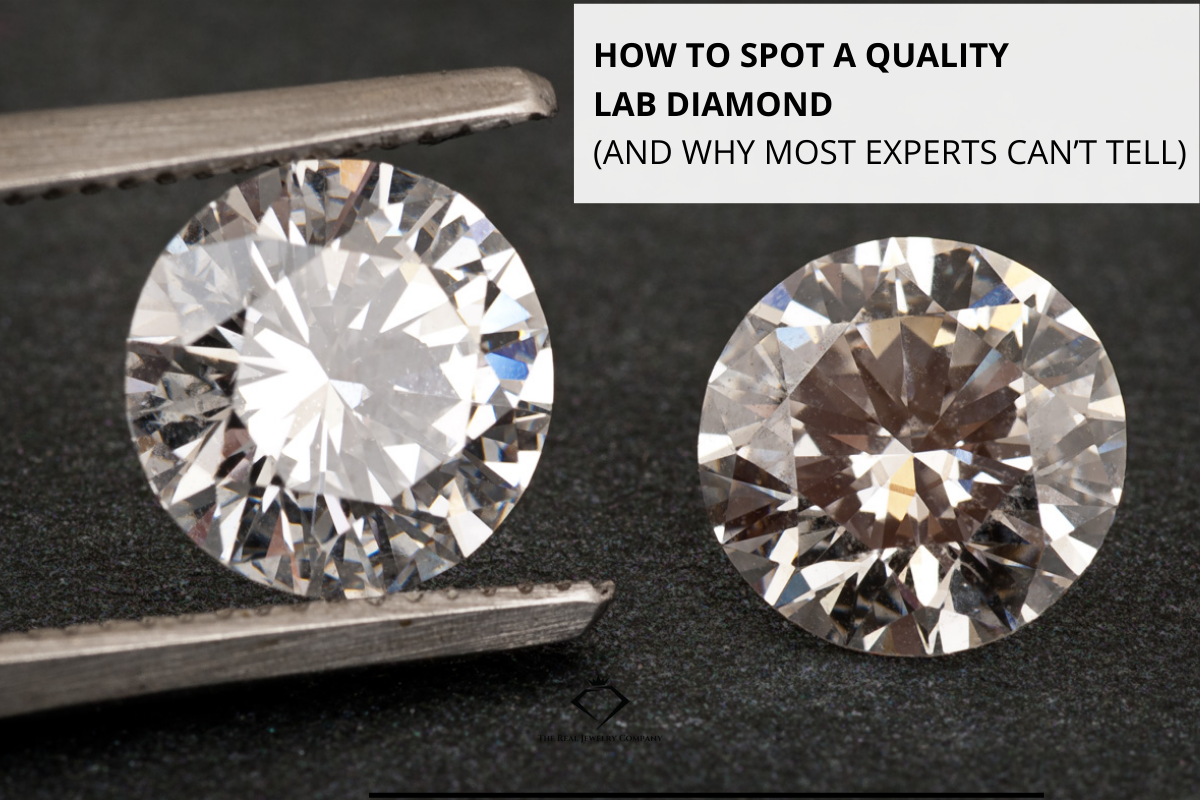
How to Spot a Quality Lab Diamond (And Why Most Experts Can’t Tell)
Lab diamonds are redefining luxury—brilliant, durable, and nearly impossible to tell apart from natural diamonds. Learn how to spot a high-quality lab diamond, what certifications to trust, and tip...
Read more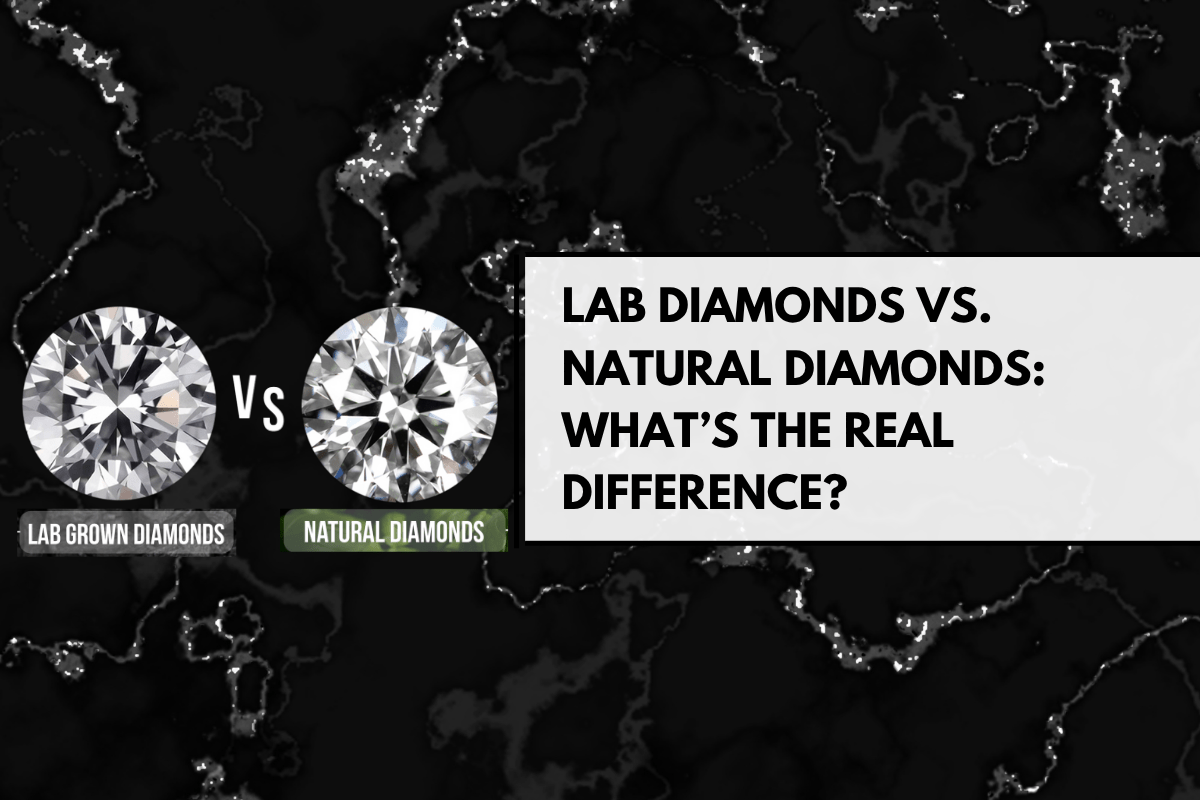
Lab Diamonds vs. Natural Diamonds: What’s the Real Difference?
Confused about the difference between lab diamonds and natural diamonds? In this post, we break it all down — from how they’re made to how they look, cost, and impact the planet. Discover why lab-g...
Read more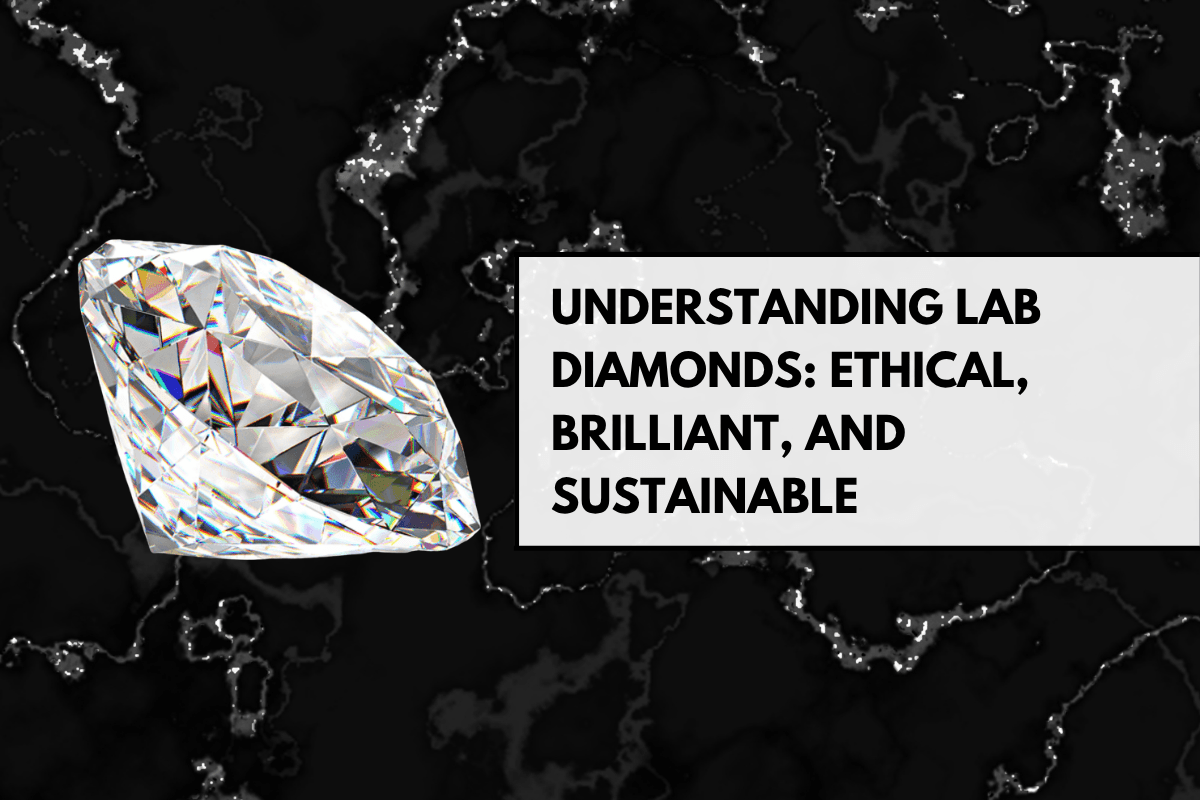
Understanding Lab Diamonds: Ethical, Brilliant, and Sustainable
At The Real Jewelry Company, we believe in offering more than just sparkle. Today’s trendsetters care about ethics, sustainability, and smart investments—and lab diamonds deliver on all three. If y...
Read more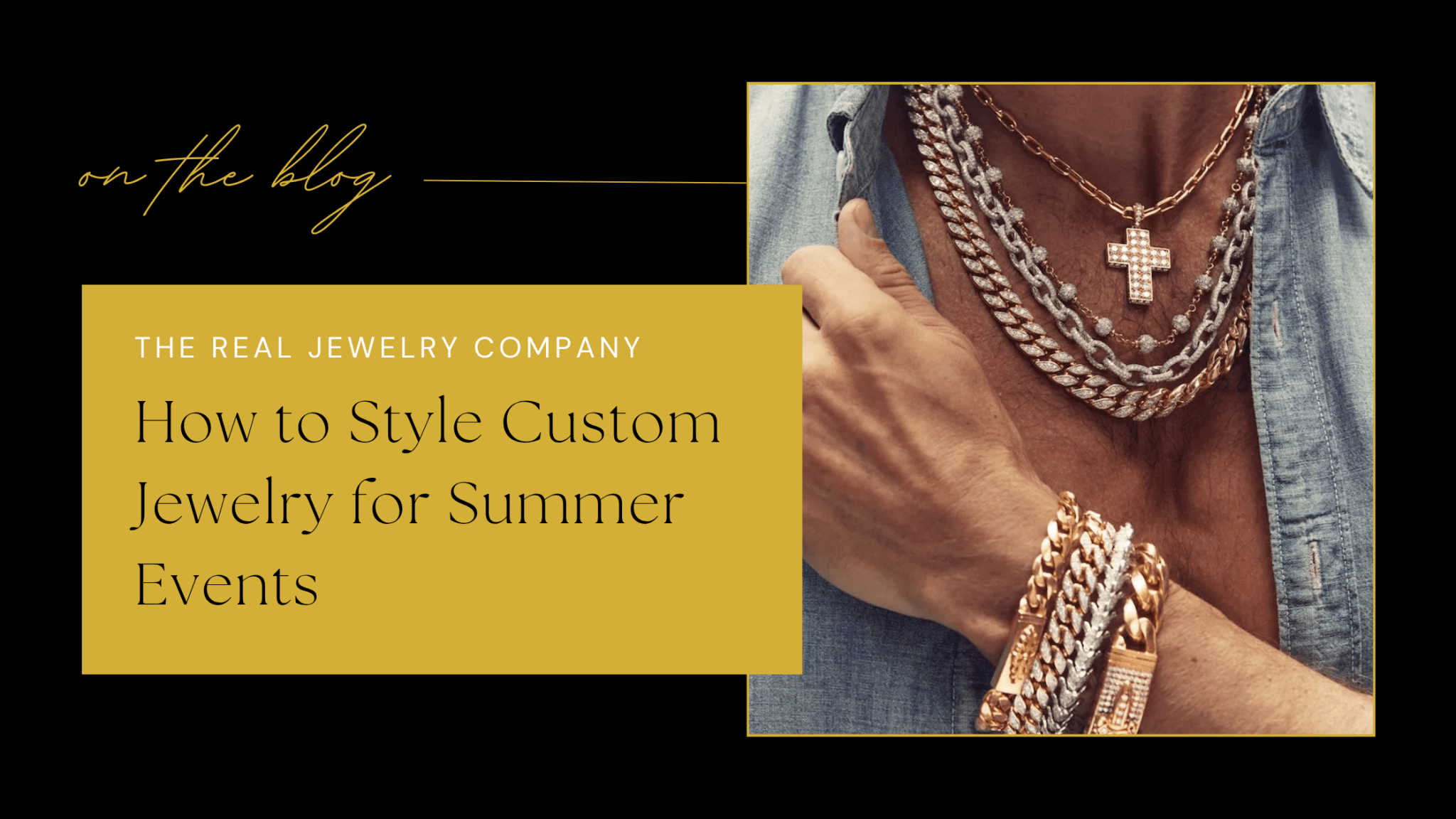
How to Style Custom Jewelry for Summer Events
Summer is the season of sunshine, celebrations, and unforgettable events. Whether you’re attending weddings, garden parties, beach getaways, or sunset soirées, your accessories can make or break yo...
Read more